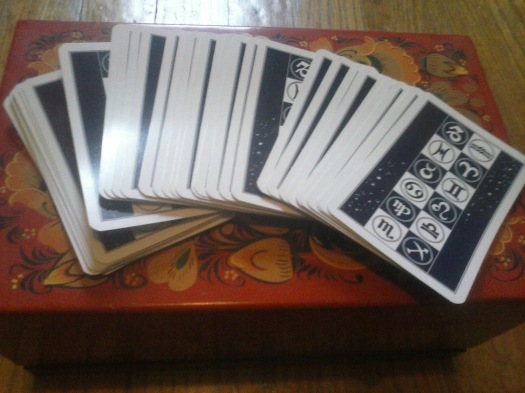Extracted from The Second Coming of Christ: The Resurrection of the Christ Within You, this book has little to do with yoga in the grand scheme. The yoga connection is best summed up by a quote from Paramahnsa Yogananda’s most popular work, Autobiography of a Yogi:
“Jesus went very deep in teachings that appear on the surface to be simple-much deeper than most people understand… In [his teachings] is the whole science of yoga, the transcendental way of divine union through meditation.”

That being said, Yogananda expounds upon the New Testament’s underlying gnostic messages, obscured by centuries of dogmatic, often politically minded misunderstandings. While a case can be made for yoga as a Christ centered spiritual science (especially when you consider quotations from Jesus such as “Behold, the Kingdom of God is within you,” in connection with mediation), most of the author and his editors time here is spent unearthing a version of Jesus underrepresented in the West: a mystic whose message of love and acceptance transcends all faiths.
WHAT WORKED FOR ME
I started The Yoga of Jesus after reading the Bible’s four canonical Gospels, as well as the Gnostic Gospels and other Nag Hammadi mystical texts featuring Jesus from early Christianity, collected in Robert J. Miller’s The Complete Gospels.
I started this book hoping for a commentary on the similarities between Christianity and Hinduism, and received much more than I bargained for. My spiritual journals from the time are filled with quotations and ruminations related to this book. It became a perfect companion for later books I read on Christian mysticism by authors such as Rudolf Steiner and Hermetic Christian Stylianos Atteshlos (better known as Daskalos).
The Yoga of Jesus ranks high on my list for students of metaphysics seeking sound reference material. Beyond the philosophical worth, there is enough cosmological content on the chakras and the spiritual bodies whose understanding is crucial to even the most passive student of metaphysics and esotericism.
Much can be said for the positive, fast pace of the book too. It’s very seldom I feel this peaceful and happy reading nonfiction.

WHAT DIDN’T WORK FOR ME
I’m splitting hairs here, but the title could have been more thoughtful. I feel like it was selected to serve a(n understandable) commercial purpose, drawing in a wealth of yoga and Eastern spiritual students as a primary demographic.. That’s really all I can say on the subject.
OVERALL
The Yoga of Jesus is one of my favorite contemporary spiritual books. I gave it five stars on my Goodreads page. I plan to read The Second Coming later this year, and hopefully Autobiography of a Yogi.
The Yoga of Jesus represents a cornerstone in east meets west spirituality and Christian mysticism. It’s one of the best books I’ve read in recent years. You could say it changed my life, and I recommend it for anyone even moderately intrigued by the ground it covers.





































